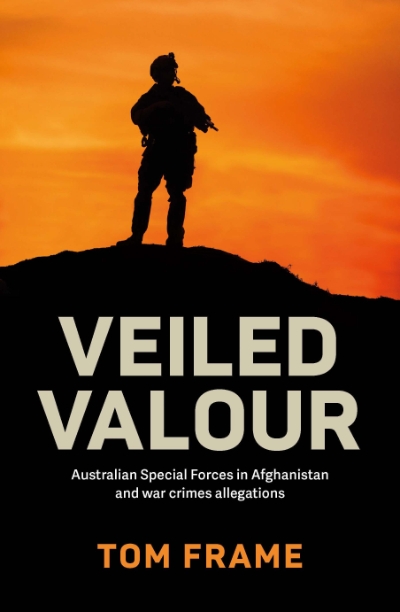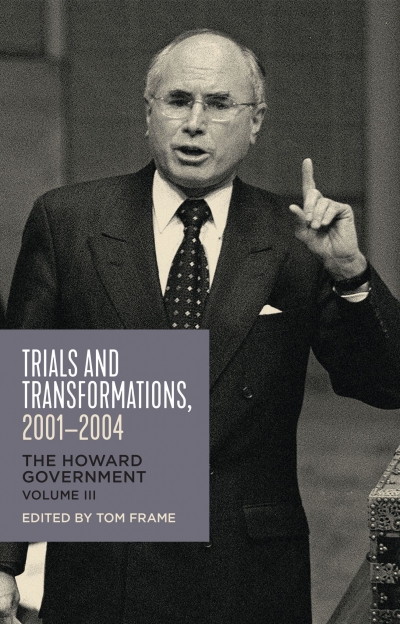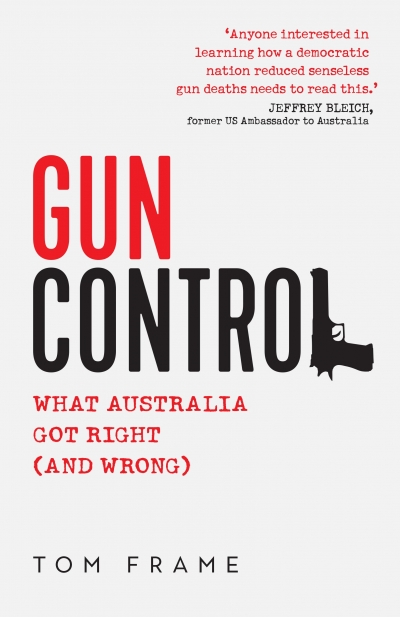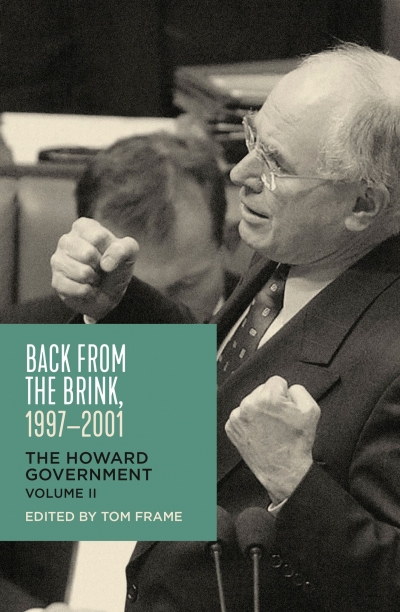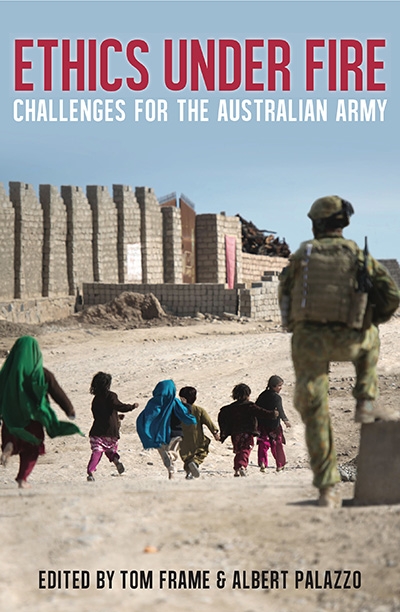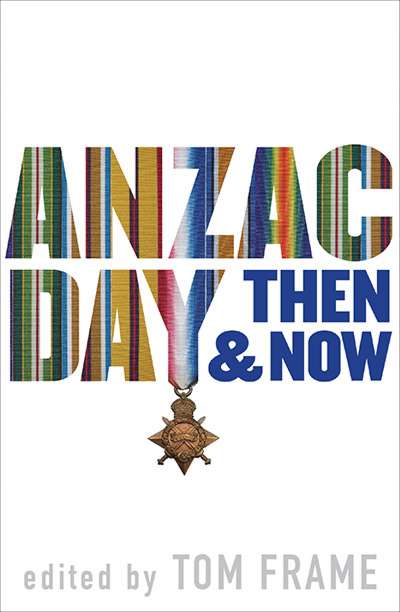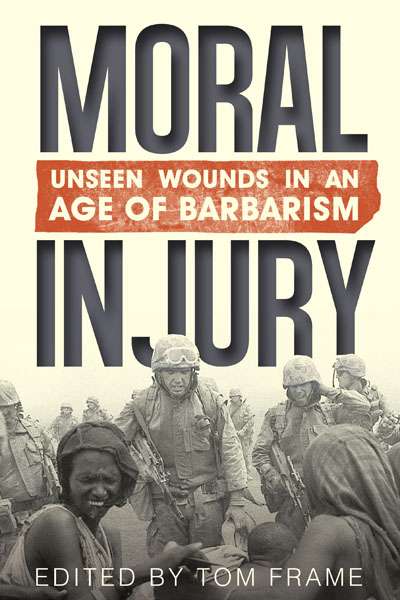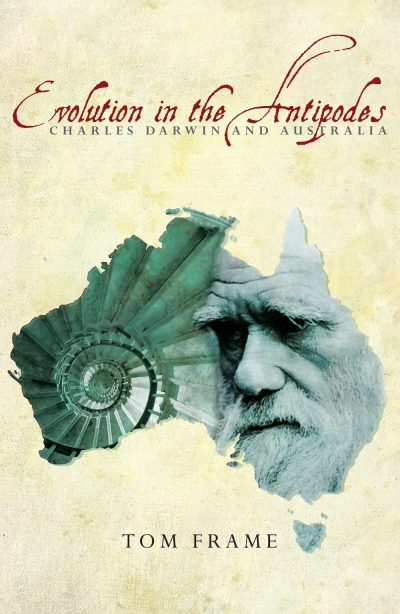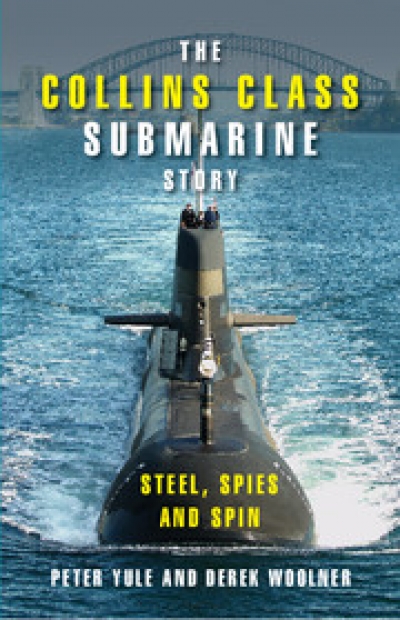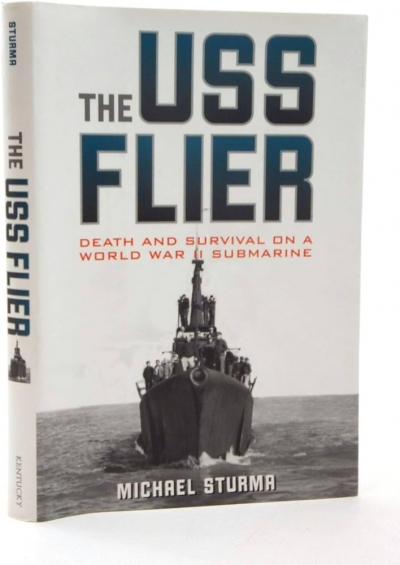Tom Frame
Veiled Valour: Australian Special Forces in Afghanistan and war crimes allegations by Tom Frame
by Kevin Foster •
Trials and Transformations, 2001–2004: The Howard government, Volume III by Tom Frame
by Lyndon Megarrity •
Gun Control: What Australia got right (and wrong) by Tom Frame
by Kieran Pender •
Back from the Brink, 1997–2001: The Howard Government Volume II edited by Tom Frame
by Lyndon Megarrity •
Ethics Under Fire: Challenges for the Australian army edited by Tom Frame and Albert Palazzo
by Deborah Zion •
Moral Injury: Unseen Wounds in an age of barbarism edited by Tom Frame
by Damian Cox •
Evolution in the Antipodes: Charles Darwin and Australia by Tom Frame
by Cameron Shingleton •
The Collins Class Submarine Story: Steel, spies and spin by Peter Yule and Derek Woolner
by Tom Frame •
The USS Flier: Death and survival on a world war II submarine by Michael Sturma
by Tom Frame •

